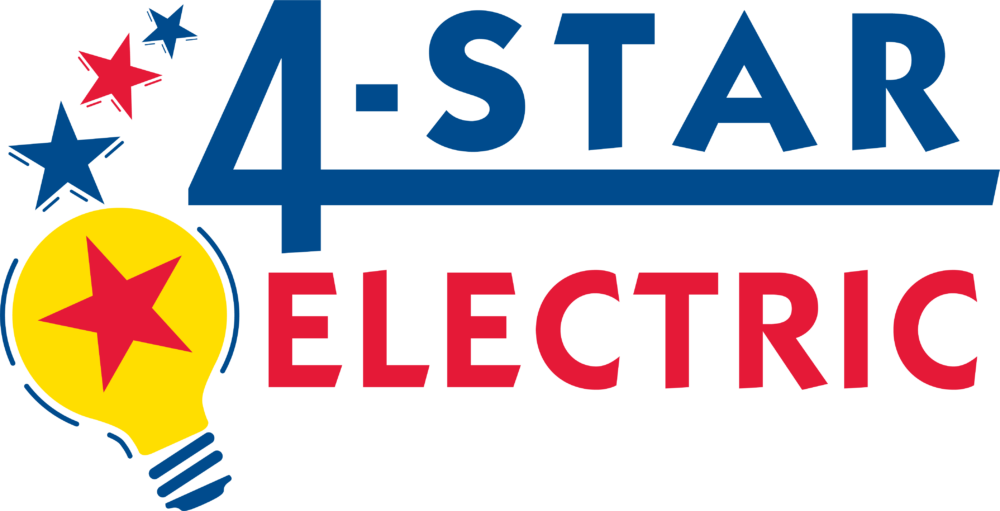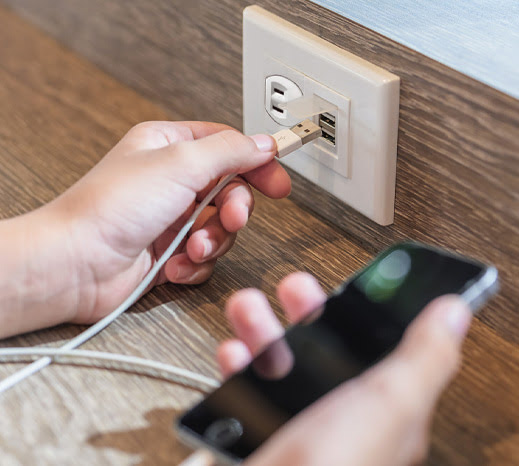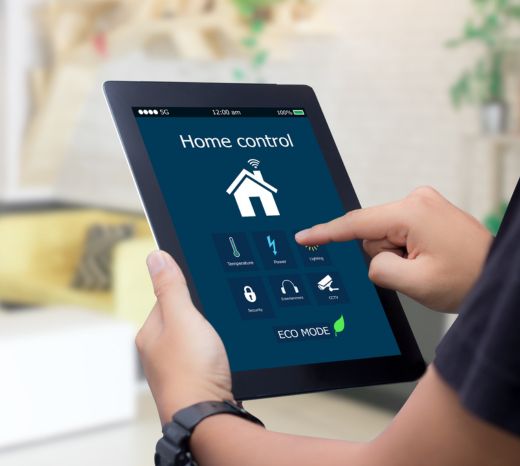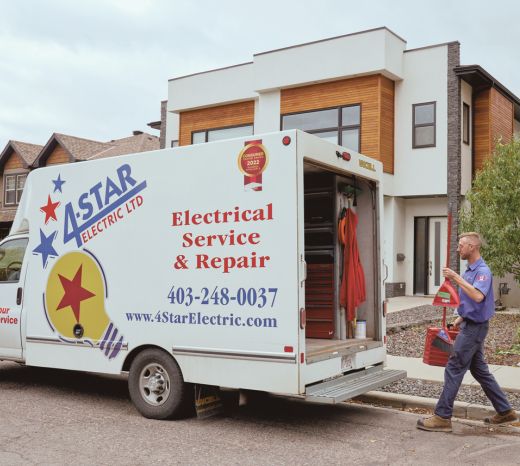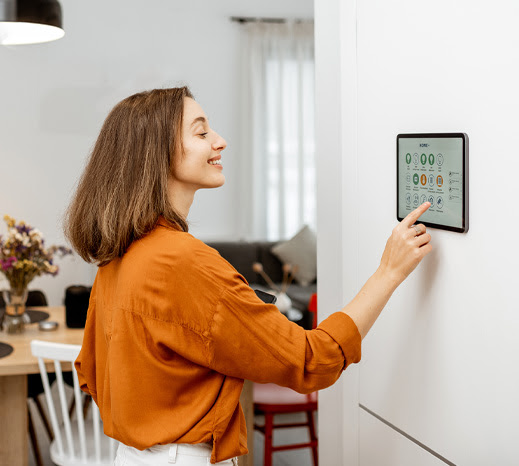The number of devices we plug in to use or charge every day makes the outlets in our home increasingly important—but many pieces of technology can’t be plugged into a standard three-prong outlet without USB adapters. USB-C adapters represent a solution to this problem, since they’re designed with ports that let you plug USB cables directly into your walls.
But how much do USB outlets cost, and are they right for you? Join us as we break down the pros and cons of these outlets below so that you can make an informed decision about whether to use them. With years of experience providing commercial and residential electrical services throughout Calgary, 4-Star Electric can help you decide on the best kind of wall outlets to have in your home.
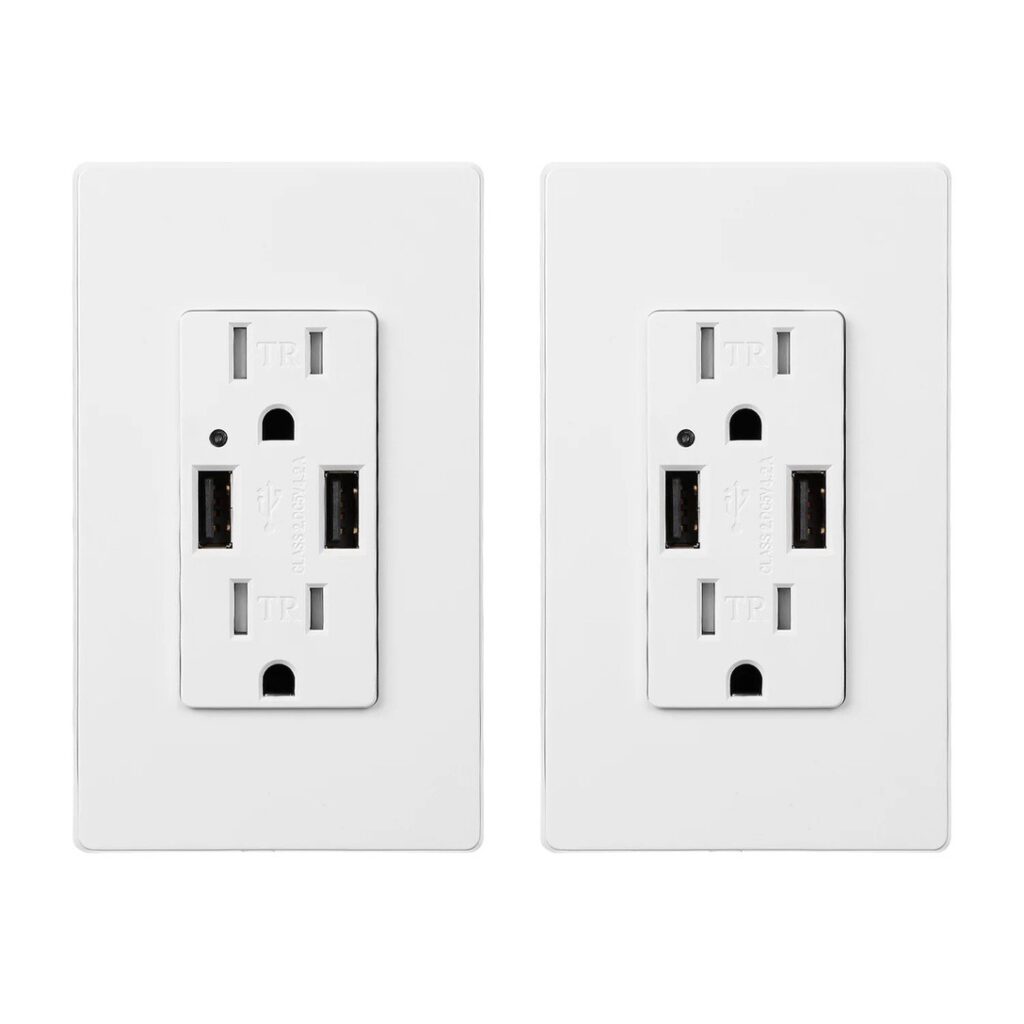
Fast Facts About USB Outlets
- Most USB outlets don’t only have USB ports—they include standard ports (just like a regular outlet) with additional USB ports located underneath or on the sides. The number of ports on USB outlets can vary depending on the specific model of outlet you purchase.
- Not all USB ports are the same. Older USB outlets are likely to have USB-A ports, whereas newer USB devices tend to use USB-C cables with smaller ports. If you are adding USB outlets to your home, it’s important to consider the types of devices you plan to plug into them and buy accordingly.
- Since USB outlets install the same way as standard outlets, they typically do not require upgrades to your home’s wiring or electrical panel. However, they do need to be installed by a qualified electrician—so if you’re upgrading to USB outlets, you should take the opportunity to check your home’s electrical system and make sure there’s no pressing work that needs to be done.
Pros
- USB outlets free up outlet space, since you don’t need to plug adapters into them.
- Devices usually charge faster through USB outlets than they do through USB adaptors.
- Removing the need for adapters or USB charging blocks reduces energy loss via phantom power, making your home more energy efficient.
Cons
- Older USB-A outlets may not be able to accommodate newer USB-C cables
- USB ports may be more easily damaged than standard ports (due to plug design)
- Higher cost to purchase (many USB outlets can be purchased for $30-$50)
Ideal For:
Home offices with numerous USB devices that need frequent charging or a steady supply of power, as well as commercial spaces.
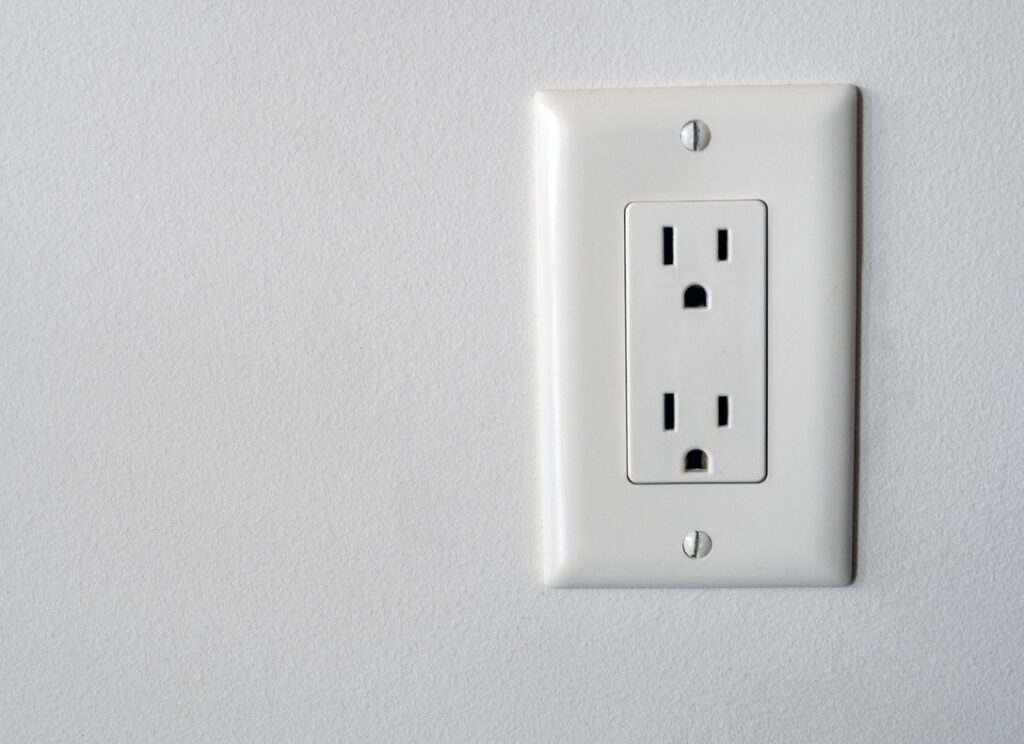
Fast Facts About Standard Outlets
- Standard outlets provide 120 volts of electrical power for household appliances and devices.
- Ground fault circuit interrupter (GFCI) outlets are a type of standard outlet that protects against electrical shocks by detecting ground faults, which occur when electricity flows through an unintended path (such as through a person's body). When this happens, the GFCI outlet diverts the current to ground, which can reduce or prevent electrocutions.
- Alberta homes are required to use GFCI outlets outdoors, and in kitchens, bathrooms, laundry rooms and where electrical shocks are more likely to occur.
- Homes built before 1962 may have outlets without ground wires. These outlets will only have two prongs instead of three. While all new homes have required three-prong outlets since 1962, it’s not technically illegal to have ungrounded outlets in your home—but since grounding helps prevents shorts (and the electrocutions that can result from them), you should strongly consider having an electrician upgrade any old outlets in your home.
Pros
- Cheaper than USB outlets (many standard outlets can be purchased for under $10)
- Standard outlet ports can be less delicate and more durable than USB ports
- Less likely to be made obsolete since USB technology is still evolving
Cons
- Must be connected to an adapter to charge or power USB devices
- Using an adapter slows down the rate at which your USB devices charge
- Older standard outlets may not have ground wires, creating a potential safety hazard
Ideal For:
Rooms in homes where USB devices are less likely to need fast or frequent charging—for example, kitchens, laundry rooms, and other utility spaces will most likely have more standard appliances than USB devices in them.

What to Consider When Purchasing New Outlets (Standard or USB)
- Voltage accessibility: while 120 volt outlets are more than enough to power or charge typical household devices, it’s worth noting that the overall current will be divided between the number of ports on the outlet. Outlets with more ports can power more devices at once, but may not charge them as fast or supply sufficient power if the devices each require a high amount of voltage.
- Safety features: surge protection is recommended for all outlets, but can be especially important for USB ports since surges can easily damage the digital devices that usually plug into them. It’s also a good idea to purchase outlets that are tamper-proof, especially if you have children or pets.
- Always have new outlets installed by professionals: replacing an outlet might not seem like rocket science, but only a licensed electrician can safely and legally work on your home’s electrical system. Contact 4-Star Electric to find a certified electrician who can recommend ideal outlets for your home and install them properly.
